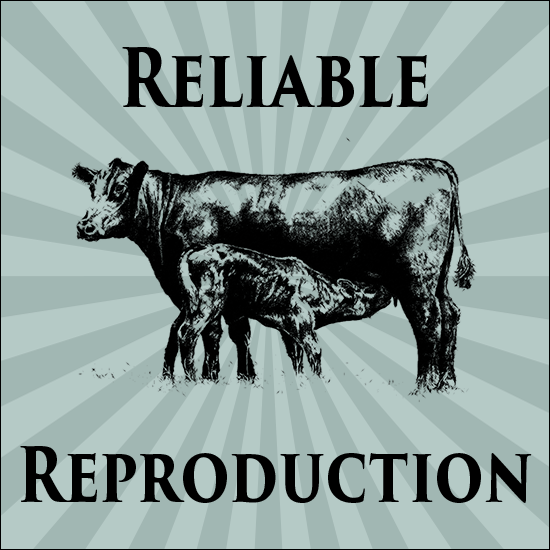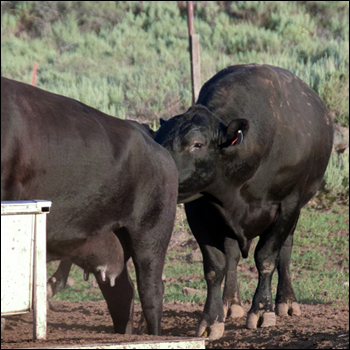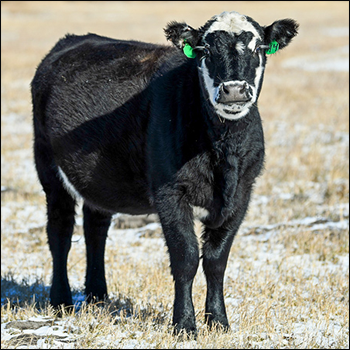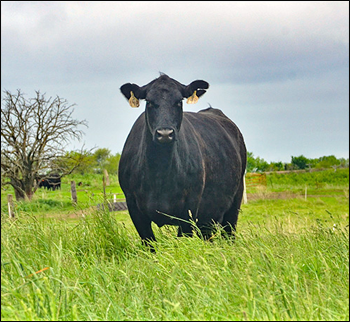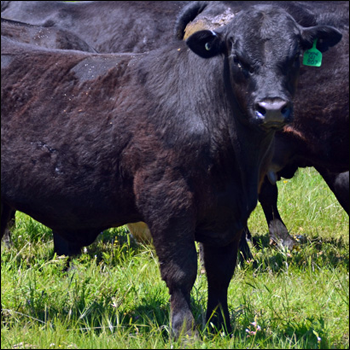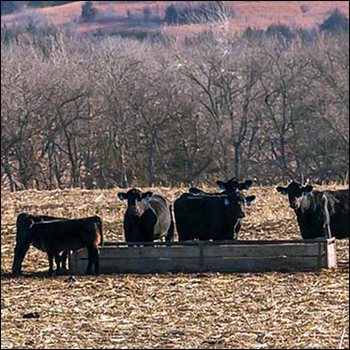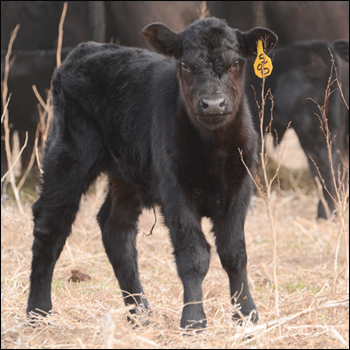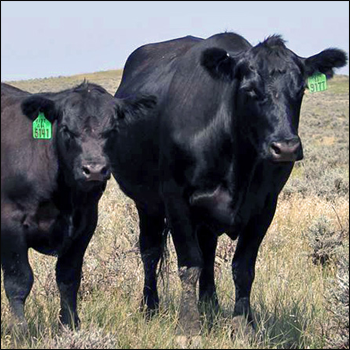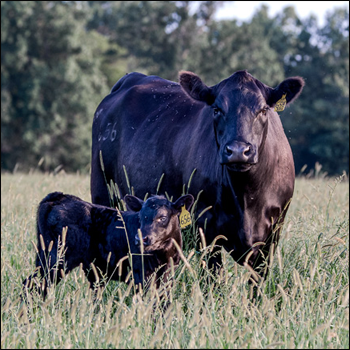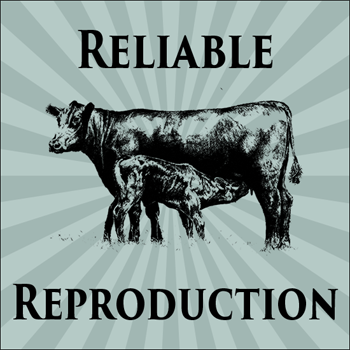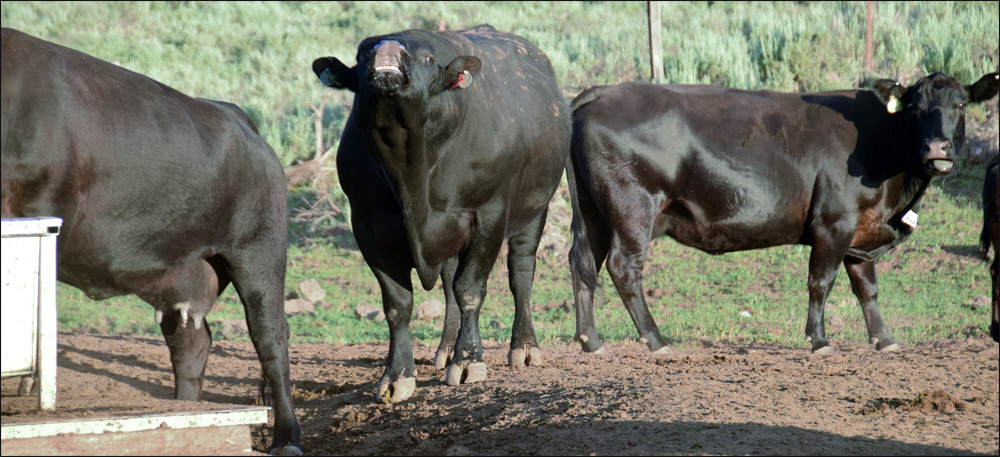
Reproduction Practices to Increase Success
Tips for improving conception and pregnancy rates in cattle.
One key to reproductive success: Manage cows with pregnancy in mind months ahead of breeding, then continue to manage them for months after. In a 2021 Applied Reproductive Strategies in Beef Cattle (ARSBC) presentation, veterinarian Lee Jones and researchers George Perry and Ky Pohler addressed the factors — before, during and after the breeding season — that ultimately determine reproductive success in the beef herd.
Jones, a veterinarian and professor of beef production systems at the University of Georgia College of Veterinary Medicine, offered management tips to improve cattle condition going into calving.
“Pregnancy-check in time to make changes, if they are necessary,” he recommended.
If cows are too thin, it will be hard to put condition on them during the last two months of pregnancy, said Jones. Instead, he suggested, check the cows’ pregnancy status between five and seven months of pregnancy, when there is still time to make nutritional adjustments. Weaning the calf is a great way to improve a cow’s body condition score (BCS), he noted.
In addition to managing BCS through nutritional management, Jones cautioned producers about vaccinating with modified-live vaccines (MLV) too close to breeding.
“If you need to vaccinate with an MLV, do it at least 45 days prior to breeding,” he said.
Perry, of Texas A&M AgriLife research and Extension in Overton, Texas, addressed cattle management during breeding. He noted that while some cows show a silent estrus, the most fertile cows and heifers in the herd exhibit behavioral estrus.
Perry said studies have proven cattle will show estrus all through the day and night. More than half of the herd, 55.9%, will be in standing heat between 6 p.m. and 6 a.m. Because of this he recommended using one of the many heat detection aids (gomer bulls, heat patches, tail chalk or electronic devices) in conjunction with regular observation to determine when cattle should be bred.
According to Perry, fixed-time artificial insemination (FTAI) was developed to avoid having to do estrus detection.
When it comes to artificially inseminating cattle, Perry said, “when semen is deposited in the correct location at the correct time, fertilization occurs greater than 95% of time. These are cows detected in estrus and bred with quality semen. As we deposit that semen, we want it to freely flow into both horns.”
Deposition of semen affects fertility in the following ways:
- 10% decrease in fertility when deposited in the cervix compared to the uterine body;
- cervical deposition of semen occurs in 20% of attempted uterine body depositions;
- there is no benefit to depositing semen further down into the horn; and
- depositing semen into the horn can have negative effects if the endometrium is scratched.
Care after the breeding season was covered by Pohler, a Texas A&M University animal science professor.
Pohler said, “Any breeding program doesn’t end until cattle are pregnancy checked or at least 60 days after breeding.”
When it comes to embryonic loss, there are differences between breeding using the a.m./p.m. rule and FTAI.
Preg-testing 30 days after heat detection, AI would show 67.8% of cows pregnant; FTAI, 50.5%; and embryo transfer (ET), 45.4%.
“For fixed-time AI, this number is a little bit lower than what we’d want it to be. But think about what you’ve achieved in getting cows bred on the first day of the breeding season and how much you’ve moved that herd forward and shifting those calving distributions,” said Pohler.
One of the highest contributing factors to embryonic loss is shipping stress. Pohler said his rule of thumb for moving cattle after AI is do it in the first seven days. If you need to move cattle after ET, do it the same day or the next day.
Overall, Pohler recommended minimizing change in the first 30-45 days of gestation after AI.
Editor’s note: Paige Nelson is a cattlewoman and freelance writer from Rigby, Idaho.

Angus Proud
In this Angus Proud series, Editorial Intern Jessica Wesson provides insights into how producers across the country use Angus genetics in their respective environments.
 Angus Proud: Scott Sproul
Angus Proud: Scott Sproul
Oklahoma operation learned wisdom of moving calving season to better suit their marketing needs.
 Angus Proud: Bubba Crosby
Angus Proud: Bubba Crosby
Fall-calving Georgia herd uses quality and co-ops to market calves.
 Angus Proud: Jim Moore
Angus Proud: Jim Moore
Arkansas operation retains ownership through feeding and values carcass data.
 Angus Proud: Les Shaw
Angus Proud: Les Shaw
South Dakota operation manages winter with preparation and bull selection.
 Angus Proud: Jeremy Stevens
Angus Proud: Jeremy Stevens
Nebraska operation is self-sufficient for feedstuffs despite sandy soil.
 Angus Proud: Dave Rutan
Angus Proud: Dave Rutan
Angus breeder gets the most out of his bull investment by partnering with opposite calving-season operation.
